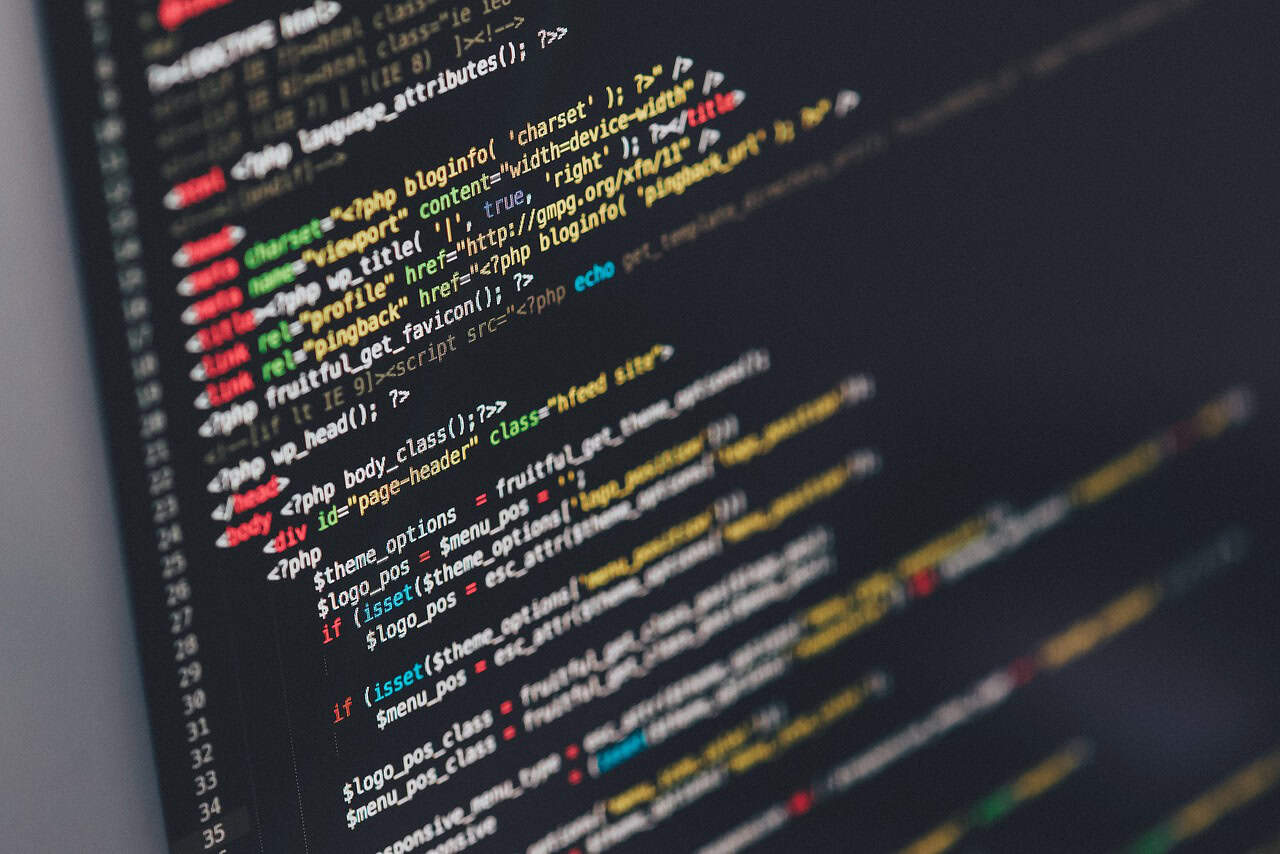Python Web Development: Your Comprehensive Guide
Python web development has gained immense popularity due to its simplicity and flexibility in building dynamic websites and web applications. This guide will provide you with essential insights into getting started with Python web development, including frameworks, best practices, and valuable resources.
Why Choose Python for Web Development?
- Maturity and Security: Python has been around since the early 1990s, continuously evolving and providing a secure environment for web applications.
- Versatility: Python’s general-purpose nature allows it to adapt to various programming tasks, making it an excellent choice for web development.
- Large Community: A robust community surrounds Python, ensuring that developers have access to extensive resources and support.
- Ease of Learning: The clear and concise syntax of Python makes it beginner-friendly, ideal for new developers.
Getting Started with Python Web Development
- Install Python: Download the latest version from the official website.
- Choose a Web Framework: Popular frameworks include:
- Set Up a Development Environment: Use tools like `venv` to create virtual environments.
- Install Framework and Dependencies: Use
pipto install necessary packages. - Project Initialization: Create your project structure using framework commands (e.g., `django-admin startproject` for Django).
- Configure Settings: Set up your framework’s configuration files, including database connections.
- Define Models: For databases, define models that represent your data structure.
- Create Views and Templates: Implement logic for web requests, and create HTML templates for rendering.
- Define URL Routes: Map URLs to views to control application flow.
- Handle Forms and User Input: Ensure proper data validation and handling of user submissions.
Popular Python Web Development Frameworks
- Django: Known for its extensive built-in features, excellent for large applications.
- Flask: Offers more control and is suitable for smaller projects.
- Pyramid: Ideal for developers who want more customization.
- Bottle: Great for quick and simple web applications.
Essential Tools and Best Practices
- Version Control: Use Git for version control to manage changes and collaborate effectively.
- Virtual Environments: Keep your dependencies organized and isolated using
virtualenv. - Testing and Mocking: Implement tests to ensure your applications run correctly; resources like RealPython provide in-depth tutorials.
- Deployment: Explore platforms like Render for deploying your applications easily.
Learning Resources
- RealPython: Offers tutorials on Python and web frameworks.
- FreeCodeCamp Forum: Engage with fellow learners and experienced developers.
- YouTube Courses: Look up various courses on web development using Python.
Conclusion
Python web development is a rewarding path for both beginners and seasoned developers. With a solid understanding of frameworks and tools, as outlined in this guide, you can successfully create robust web applications. Whether you decide to use Django for heavy-lifting or Flask for lightweight solutions, the versatility and simplicity of Python will support your journey effectively.
For more insights and tools, check out our related articles on Python:
Projects and Applications in Python Web Development
Key Projects
- Dynamic Blog Application: Create a blog platform using Django, allowing users to create, edit, and delete posts.
- RESTful API Development: Develop a robust API using Flask for a to-do application that allows CRUD operations.
- E-commerce Site: Build a full-fledged e-commerce website with Django, integrating payment processing and user authentication.
- Portfolio Website: Design a personal portfolio showcasing projects using Flask, enabling users to submit inquiries through a contact form.
Python Code Examples
Dynamic Blog Application with Django
# models.py
from django.db import models
class Post(models.Model):
title = models.CharField(max_length=100)
content = models.TextField()
created_at = models.DateTimeField(auto_now_add=True)
RESTful API Development with Flask
# app.py
from flask import Flask, request, jsonify
app = Flask(__name__)
todos = []
@app.route('/todos', methods=['POST'])
def create_todo():
todo = request.json
todos.append(todo)
return jsonify(todo), 201
Real-World Applications
Python web development is applied across various domains, leveraging its frameworks and libraries to create impactful solutions:
- Content Management Systems: Platforms like Django CMS and Wagtail exemplify the usage of Python for building dynamic websites with backend management tools.
- Data Science Web Applications: Use Flask or Django to serve machine learning models and provide interactive data visualizations via web interfaces.
- Social Media Platforms: Python’s versatility enables the creation of complex social media applications, integrating features like messaging, photo sharing, and user authentication.
- Online Learning Platforms: Develop e-learning systems offering video lectures, quizzes, and user progress tracking, where frameworks like Django can efficiently manage user and course data.
Next Steps
Now that you have a solid understanding of Python web development, it’s time to take your skills to the next level. Start by choosing a web framework that aligns with your project needs, whether it’s Django for robust applications or Flask for lightweight solutions. Creating a simple project using your chosen framework will greatly enhance your practical knowledge.
Additionally, dive deeper by exploring advanced topics such as web application security and deployment strategies. Our article on web development in Python offers insights into best practices and performance optimization which can be invaluable as you scale your applications.
To further enrich your learning, engage with community resources like the FreeCodeCamp Forum and consider attending workshops or webinars on Python web development. Practical experience paired with community feedback can accelerate your growth as a developer.
